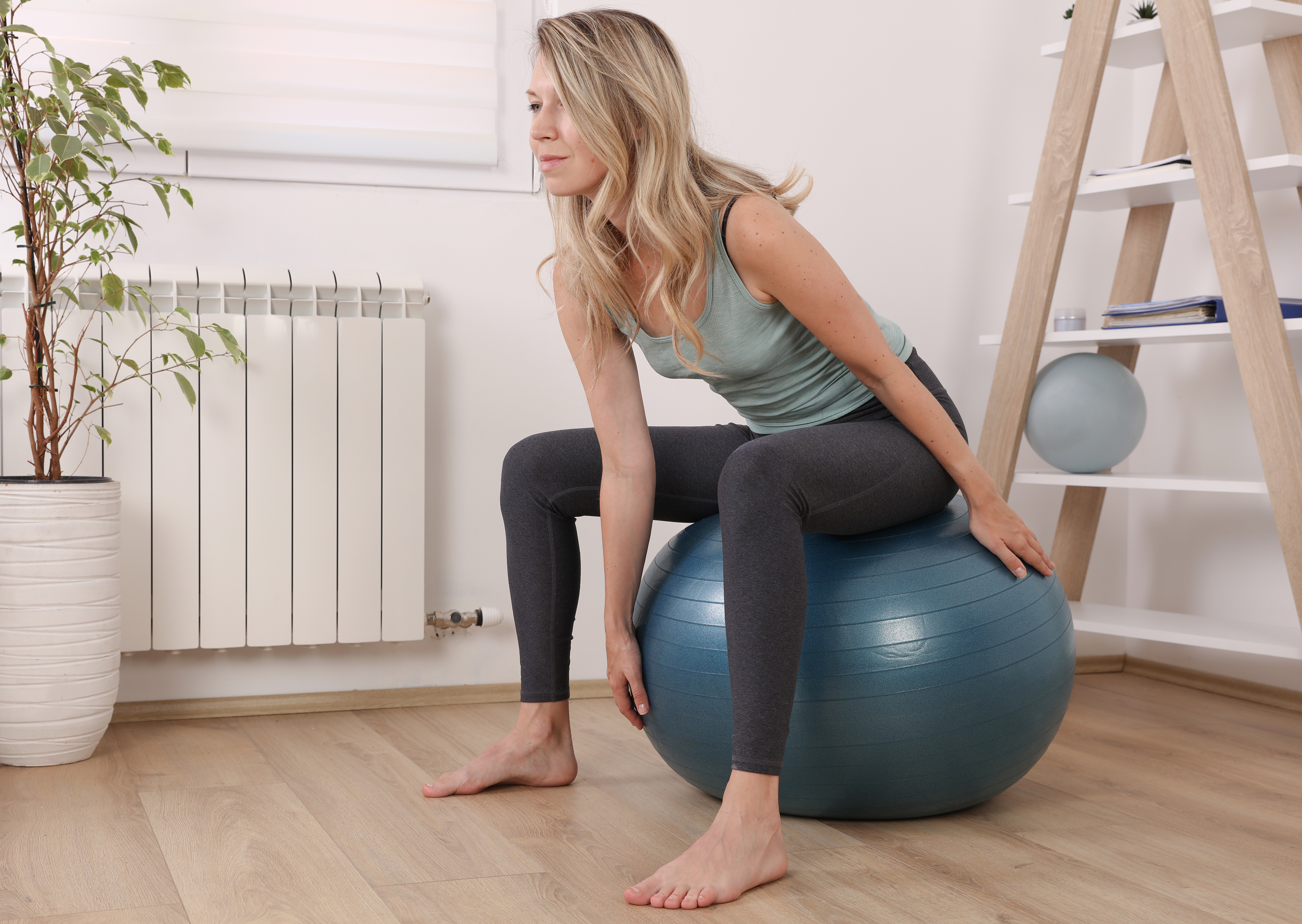Pelvic floor rehabilitation at the Istituto di Cura Città di Pavia

Publication date: 05-10-2023
Updated on: 05-10-2023
Topic: Gynaecology
Estimated reading time: 1 min
Pelvic-perineal rehabilitation, better known as pelvic floor rehabilitation, can be defined as a set of physiotherapy techniques useful in treating pelvic floor disorders. We delve into this topic with Dr. Carmelo Geremia, a specialist in digestive diseases and coordinator of the pelvic floor rehabilitation therapy service at Istituto di Cura Città di Pavia, where was opened new Pelvic Floor Rehabilitation Outpatient Clinic.
What is pelvic floor?
The pelvic floor consists of a set of functionally interconnected, muscular-tendinous anatomical structures between the upper strait of the pelvis and the perineum, which inferiorly enclose the pelvis.
“These muscle-fascial structures are connected with the last portions of the urinary, male and female genital systems, thus forming the structure called the perineum. The perineum is an important dynamic structure for visceral statics; its task is to resist various stresses such as those induced by body weight, coughing, a trivial sneeze, or clinical conditions such as chronic constipation (forcing excessive pushing), pregnancy and childbirth”, the specialist explains.
Symptoms of pelvic floor dysfunction
Functional disorders of the pelvic floor can cause the patient various complaints:
- anorectal symptoms: excessive straining at defecation due to inability to coordinate defecatory thrusts, failure to perceive the evacuation urge, involuntary loss of gas and/or feces, perineal weight sensation, anal and/or perineal pain;
- urinary symptoms: urgency to urinate, involuntary loss of urine, feeling of weight in the bladder, difficulty emptying the bladder completely or urinating frequently;
- genital symptoms: pain after childbirth caused by lacerations or episiotomies, pain during sexual intercourse or altered sensitivity, presence of genital prolapses.
How pelvic floor problems are treated at Istituto di Cura Città di Pavia
“The presence of one or more described complains indicates the need for a visit with a pelvic floor specialist for accurate diagnosis and treatment of these symptoms,” Dr. Geremia specifies.
Excluding organic conditions that require surgical treatment, pelvic floor physio-rehabilitation is the therapy of choice to enable patients to regain their well-being and improve their quality of life. A rehabilitation treatment cycle consists of 4-10 or more sessions lasting about 30 to 45 minutes, depending on the problem to be treated and patient's response.
“Rehabilitation treatment involves an initial visit, during which the treatment program is drawn up. Our outpatient clinics at Istituto di Cura Città di Pavia employ specialized and dedicated staff for this type of therapy, with an important wealth of experience that enables them to place the patient and not his or her disease at the center, accompanying the patient every step of the way to improvement.
The success of the therapy is dependent on the patient's cooperation, motivation and commitment to performing the tasks assigned to them, whether at our clinic or at home. The rehabilitation program must take into account the patient's needs, both in terms of the pathology to be treated and the needs of a psycho-emotional nature, which are often concealed,” Dr. Geremia stresses.
Specific techniques for pelvic-perineal rehabilitation
There are various rehabilitative techniques aimed at promoting the recovery of muscle strength, endurance, tone and trophism, reducing or eliminating pain and inhibiting bladder activity in the case of urinary urgency.
“Biofeedback, pelvic-perineal kinesiotherapy, and electrostimulation are particularly indicated in cases of fecal or urinary incontinence due to stress, urgency, mixed, overactive bladder syndrome, pelvic pain, and in postpartum.”
Biofeedback
Biofeedback is an active rehabilitation technique that aims to educate the person to gain voluntary control of the pelvic musculature, thereby improving bowel and bladder function.
The technique makes use of specific state-of-the-art instrumentation, which through a visual and acoustic signal makes it possible to be fully aware of the pelvic muscles in order to contract and release them through the patient's acquired control.
Pelvic-perineal kinesiotherapy
Pelvic-perineal kinesiotherapy occupies a key role in conservative therapy and consists of what is known as “pelvic gymnastics”: a series of contraction and relaxation exercises of the muscles that aim to prevent and treat:
- pelvic static alterations;
- urinary incontinence;
- fecal incontinence;
- sexual dysfunction.
This allows strengthening, relaxing and stretching of the pelvic muscles. The goal of kinesiotherapy is to recognize, train and use the muscles of the perineum according to the patient's actual individual abilities.
Functional electrostimulation
Functional electrostimulation is a passive technique that stimulates pelvic floor muscles to contract using biphasic alternating electric current through a vaginal or rectal probe and by surface electrodes.
It is particularly indicated in cases of:
- fecal incontinence сaused by stress;
- urinary incontinence caused by stress;
- overactive bladder syndrome;
- pelvic pain.
It is also useful:
- in preparation for anal sphincter or pelvic floor surgery;
- to tone muscles in the postpartum period;
- in prevention of dysfunction in the future.
“Well tolerated by the patient, this technique has contraindications and precautions for use in the case of:
- use of a pacemaker;
- pregnancy;
- urinary and gynecological tract infection;
- neoplasms in the pelvic cavity;
- history of seizures," the specialist points out.
There are other therapies that can be used according to specific clinical needs, such as:
- posterior tibial nerve stimulation (SANS: Stoller Afferent Nerve Stimulation);
- sacral neuromodulation (SNM);
- radiofrequency.
